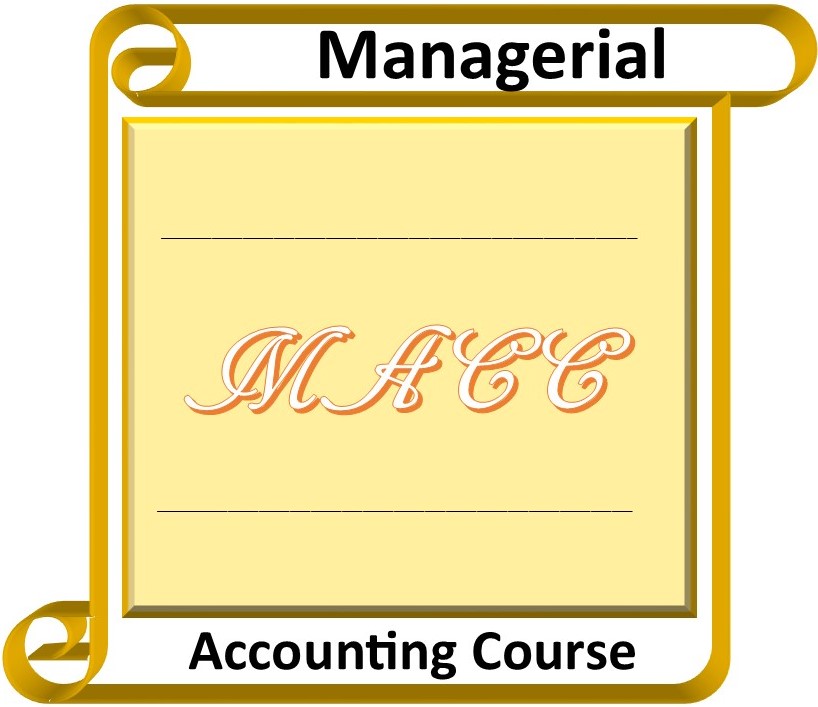Answers - Differential / Incremental Analysis questions
2. Sunk costs, general overhead, and depreciation costs.
3. Incremental or differential analysis is useful in:
• Making production decisions
• Making make or buy decisions
• Making special order decisions
4. Factory capacity is the production or manufacturing limit which a company may hold or handle within a specified period.
5. Factory production limit should not be exceeded, and thus, as a manager, the first choice is to reject the special order.
However, if the regular productions units can be
reduced to the same number as the special unit, then the special order will be accepted.
6.
| Make Decision | Buy Product | Incremental Analysis | |
|---|---|---|---|
| Direct materials cost | $30,000 | $0 | $30,000 |
| Direct labor cost | $40,000 | $0 | $40,000 |
| Variable costs | $10,000 | $0 | $10,000 |
| Fixed costs | $20,000 | $19,000 | $1,000 |
| buying 5,000 units @18 | $0 | $90,000 | ($90,000) |
| Total costs | $100,000 | $109,000 | ($9,000) |
The company will lose $9,000 by buying the products. Based on this differential analysis, the company should continue making the product.
7.
| Make Decision | Buy Product | Incremental Analysis | |
|---|---|---|---|
| Direct materials cost | $30,000 | $0 | $30,000 |
| Direct labor cost | $40,000 | $0 | $40,000 |
| Variable costs | $10,000 | $500 | $9,500 |
| Fixed costs | $20,000 | $8,000 | $12,000 |
| buying 5,000 units @18 | $0 | $90,000 | ($90,000) |
| Total costs | $100,000 | $98,500 | ($1,500) |
The company will save $1,500 by buying the products. Based on the differential analysis above, the company should buy the product instead of making the product.
8 (a). The costs per unit for each product is:
| Total Costs | Units Manufactured | Cost per Unit | |
|---|---|---|---|
| Product X | $90,000 | $1,000 | $90 |
| Product Y | $81,000 | $1,000 | $81 |
| Product Z | $76,500 | $1,000 | $76.5 |
| Totals | $247,500 | $3,000 | $247.5 |
(b). The profit for each product is:
| Sales Price | Cost per Unit | Profit | |
|---|---|---|---|
| Product X | $97 | $90 | $7 |
| Product Y | $91 | $81 | $10 |
| Product Z | $87.5 | $76.5 | $11 |
9. The contribution margin for each product is:
| Sales Price | Variable Cost per Unit | Contribution Margin Ratio | |
|---|---|---|---|
| Product X | $97 | $15 | 84.5% |
| Product Y | $91 | $10 | 89% |
| Product Z | $87.5 | $8 | 90.86% |
10. Based on the contribution margin computed above, Product X should be scrapped because it has the least contribution margin ratio.
